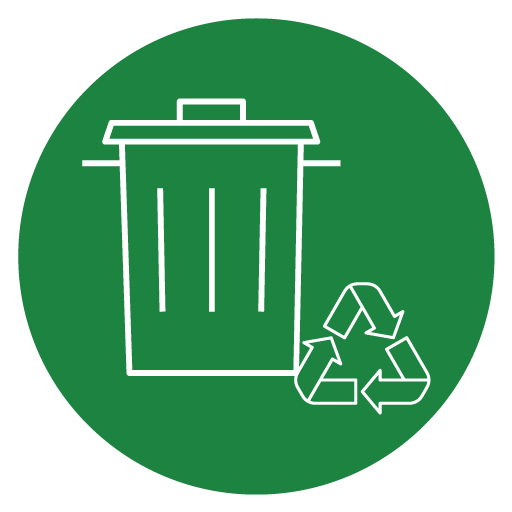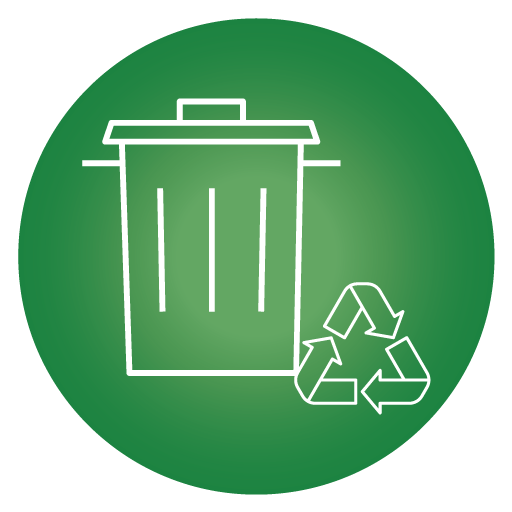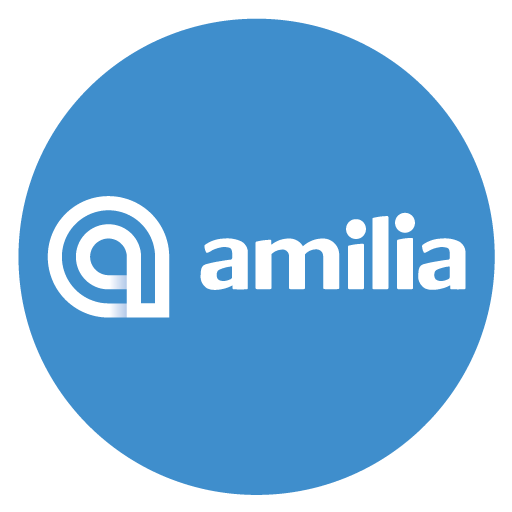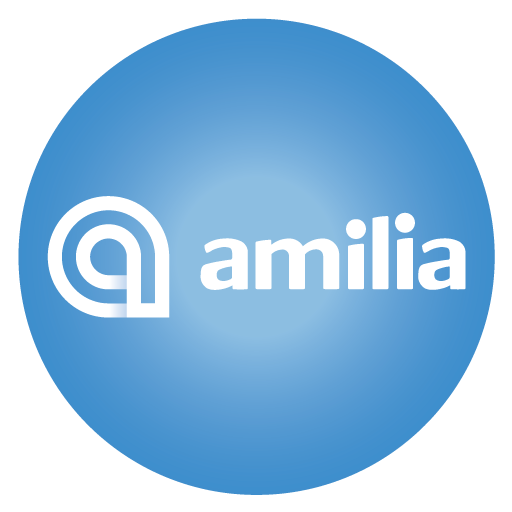Drinking Water
Drinking Water System
The Hawkesbury drinking water system consists of a raw water pumping station that draws water from the Ottawa River, a drinking water treatment plant and a drinking water distribution system that includes a remote water storage standpipe with a booster pumping system. Drinking water is distributed to the citizens of the Town of Hawkesbury and to three different sectors in the Township of Champlain.
The water treatment plant consists of a conventional treatment process based on coagulation/flocculation followed by clarification and filtration. The plant is equipped with two dynamic clarifier package units, three high rate sand/anthracite filters, a two-cell clear well of a capacity of 2,300 m³ each and four high lift pumps that supplies treated water into the Town’s distribution system and standpipe.
The Town completed two upgrade phases to the plant between 1996 and 2005. The first phase consisted of upgrades to the Supervisory Control and Data Acquisition (SCADA) system at the booster station. The second phase consisted of a chemical room construction for the coagulant.
Did you know?
- That the drinking water treatment plant was built in 1954.
- That it takes about 2 days for the water from the Ottawa River to reach your home tap.
- That our water storage standpipe contains approximately 5,450 m³ of drinking water, or the equivalent of a day's production of water.
- That there are over 35 kilometres of underground watermains in Hawkesbury.
- That our drinking water distribution system has more than 350 fire hydrants.
Legislative & Licensing Requirements
The Corporation of the Town of Hawkesbury is the Owner & Operating Authority of the Hawkesbury Drinking Water System. Its system operates in compliance with provincial legislations and regulations as well as under the Ministry’s Municipal Drinking Water Licensing program. On an annual basis, its system is subject to a Ministry of Environment, Conservation and Parks (MECP) comprehensive inspection to ensure it is in compliance with the Safe Drinking Water Act (SDWA) and associated regulations.
Furthermore, the SDWA requires Owners and Operating Authorities of municipal residential drinking water systems to have an accredited Operating Authority. To be accredited, an operational plan must be put in place to meet the requirements of the provincial Drinking Water Quality Management Standard (DWQMS).
Accredited by a third-party accreditation body, the Hawkesbury drinking water system and operational plan undergo annual audits to demonstrate it is continuously conforming to the DWQMS. You can contact the Town’s Environmental Service if you would like to view a copy of the Hawkesbury Drinking Water System Operational Plan Manual.
The following is a summary description of the legislative & licensing requirements mentioned above. For more information on Ontario's drinking water quality requirements, please visit the Ministry of the Environment, Conservation and Parks (MECP) official website.
Safe Drinking Water Act (SDWA)
The Safe Drinking Water Act (SDWA) is the principal provincial legislation that regulates the treatment and distribution of drinking water in Ontario. The act and its regulations have several components that have been established to protect drinking water consumers.
Municipal Drinking Water Licensing Program
The Municipal Drinking Water Licensing Program under the SDWA is the approvals framework for municipal residential drinking water systems. To be issued a Municipal Drinking Water Licence (MDWL) by the Ministry, the owner of the drinking water system must have the following:
- A Drinking Water Works Permit (DWWP) which describes the drinking water system components and allows to complete and/or approve certain alterations to the system without requiring additional approval from the Ministry.
- A Permit to Take Water (PTTW) specifying the authorized rates and amounts of source water taking and any potential monitoring or reporting conditions.
- An accepted operational plan which defines and documents the quality management system of the drinking water system in accordance with the requirements of the DWQMS.
- An operating authority accreditation given by a third-party accreditation body recognized by the Ministry.
- A financial plan that outlines the long-term strategy to ensure the financial sustainability of the drinking water system.
Drinking Water Quality Management Standard (DWQMS)
The Drinking Water Quality Management Standard is a set of policies and procedures to ensure the consistent delivery of safe and clean drinking water. It was developed between the Ministry of the Environment, Conservation and Parks (MECP) and the Ontario water sector following the Walkerton events and Justice O’Connor’s recommendation in the Walkerton Water Inquiry.
Annual and Summary Reports
As part of the Safe Drinking Water Act (SDWA), the Corporation of the Town of Hawkesbury must prepare and provide a drinking water annual report and summary report of the preceding calendar year. Reports are available on-line and at the Hawkesbury Public Library. All efforts are made to ensure the information presented is accurate
Annual Reports
Archived reports
Summary Reports
Archived reports
Waste water
Wastewater system
The Town’s wastewater collection system consists of over 45 km of sanitary sewers, 6 km of combined sewers, a raw sewage pumping station and a wastewater treatment plant. The plant has an average daily capacity of 14,000 m³ and a peak flow of 41,000 m³. Wastewater that leaves all homes and businesses in the Town is conveyed via gravity through the underground sanitary sewer system towards the wastewater treatment plant.
The wastewater treatment plant uses the activated sludge process as treatment. It consists of two screens, two vortex grit removal, three primary clarifiers, three aeration tanks, four secondary clarifiers and 128 ultraviolet lamps for disinfection. Once the treatment process is completed, the disinfected supernatant is discharged into the Ottawa River.
The sludge treatment consists of two aerobic digester and of one sludge stabilizer which is then thickened by two centrifuges. Once the treatment process is completed, the biosolids are dehydrated before being disposed of on approved and certified farmlands for amendments.
Did you know?
Many items cannot be poured down the sink drain or in the toilet. Why? When bonded together, they can cause clogging problems in residential sewer lines, the municipal sanitary sewers and the wastewater treatment plant. In addition, toxic products can cause harmful effects on the environment, as they cannot be 100% eliminated through the wastewater treatment process.
To avoid these situations, the following type of products should never be flushed down the toilet or poured down a drain:
- Hygiene products (sanitary, disposable diapers, cotton balls, cotton swabs, dental floss, condoms, bandages, wipes…even those labelled “flushable”)
- Food products (grease, fats, oil, food)
- Household products (paint, pesticides, solvents, nail remover, cleaning products)
- Other (hair, contact lenses, medication, cat litter, paper towel, cigarettes)
Annual Report
Archived reports
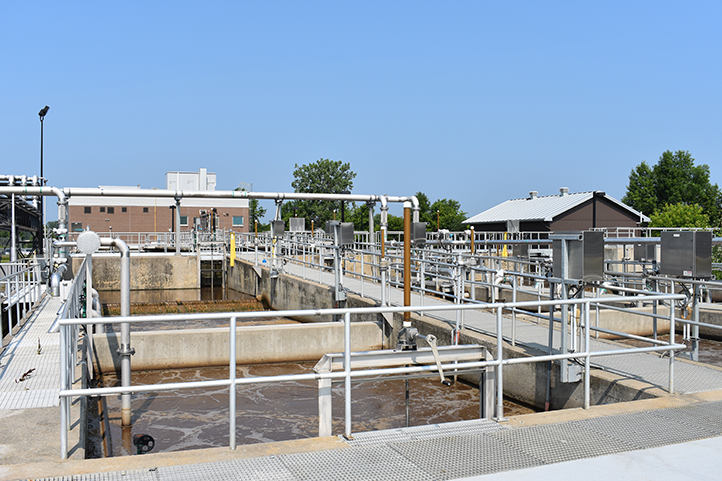
Public Works
The Technical Services Department is a group of employees with diverse expertise working together towards the achievement of all private and public projects.
The team is composed of the Public Works Superintendent, the Project Manager, Civil Engineering, the Planner and the Chief Building Official. Depending on the nature of the project, the Municipal Building Superintendent may be consulted.
The team meets regularly to ensure projects progress in a timely matter and consults each other to make sure proper information is given to both residents and potential developers.
Page 2 of 2
- 1
- 2












